The Web We Have to Save
The rich, diverse, free web that I loved — and spent years in an Iranian jail for — is dying.
Why is nobody stopping it?
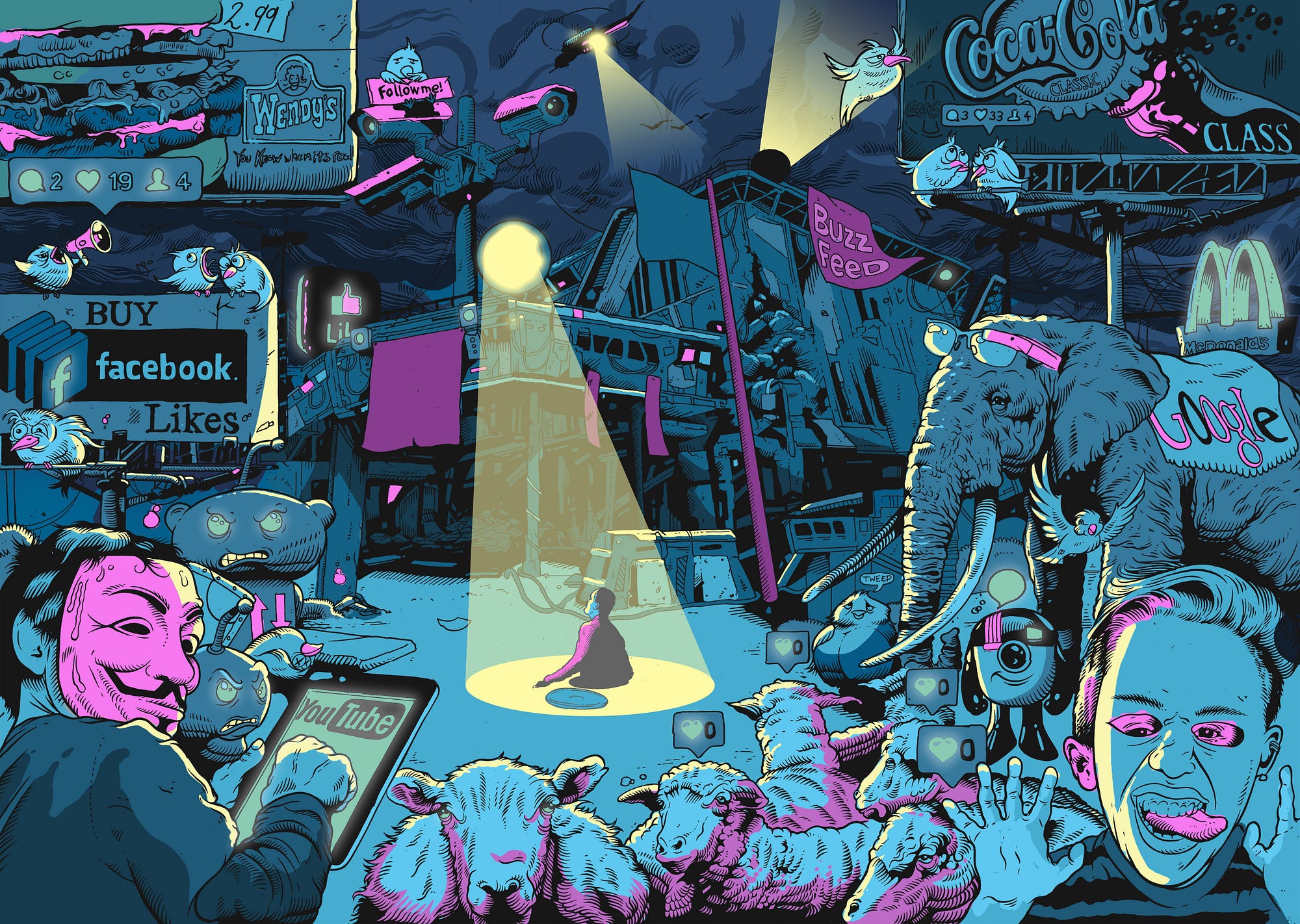
By Hossein Derakhshan
Illustrations by Tim McDonagh
 Seven months ago, I sat down at the small table in the kitchen of my 1960s apartment, nestled on the top floor of a building in a vibrant central neighbourhood of Tehran, and I did something I had done thousands of times previously. I opened my laptop and posted to my new blog. This, though, was the first time in six years. And it nearly broke my heart.
Seven months ago, I sat down at the small table in the kitchen of my 1960s apartment, nestled on the top floor of a building in a vibrant central neighbourhood of Tehran, and I did something I had done thousands of times previously. I opened my laptop and posted to my new blog. This, though, was the first time in six years. And it nearly broke my heart.
A few weeks earlier, I’d been abruptly pardoned and freed from Evin prison in northern Tehran. I had been expecting to spend most of my life in those cells: In November 2008, I’d been sentenced to nearly 20 years in jail, mostly for things I’d written on my blog.
But the moment, when it came, was unexpected. I smoked a cigarette in the kitchen with one of my fellow inmates, and came back to the room I shared with a dozen other men. We were sharing a cup of tea when the voice of the floor announcer — another prisoner — filled all the rooms and corridors. In his flat voice, he announced in Persian: “Dear fellow inmates, the bird of luck has once again sat on one fellow inmate’s shoulders. Mr. Hossein Derakhshan, as of this moment, you are free.”
That evening was the first time that I went out of those doors as a free man. Everything felt new: The chill autumn breeze, the traffic noise from a nearby bridge, the smell, the colors of the city I had lived in for most of my life.
Around me, I noticed a very different Tehran from the one I’d been used to. An influx of new, shamelessly luxurious condos had replaced the charming little houses I was familiar with. New roads, new highways, hordes of invasive SUVs. Large billboards with advertisements for Swiss-made watches and Korean flat screen TVs. Women in colorful scarves and manteaus, men with dyed hair and beards, and hundreds of charming cafes with hip western music and female staff. They were the kinds of changes that creep up on people; the kind you only really notice once normal life gets taken away from you.
Two weeks later, I began writing again. Some friends agreed to let me start a blog as part of their arts magazine. I called it Ketabkhan — it means book-reader in Persian.
Six years was a long time to be in jail, but it’s an entire era online. Writing on the internet itself had not changed, but reading — or, at least, getting things read — had altered dramatically. I’d been told how essential social networks had become while I’d been gone, and so I knew one thing: If I wanted to lure people to see my writing, I had to use social media now.
So I tried to post a link to one of my stories on Facebook. Turns out Facebook didn’t care much. It ended up looking like a boring classified ad. No description. No image. Nothing. It got three likes. Three! That was it.
It became clear to me, right there, that things had changed. I was not equipped to play on this new turf — all my investment and effort had burned up. I was devastated.

 Blogs were gold and bloggers were rock stars back in 2008 when I was arrested. At that point, and despite the fact the state was blocking access to my blog from inside Iran, I had an audience of around 20,000 people every day. Everybody I linked to would face a sudden and serious jump in traffic: I could empower or embarrass anyone I wanted.
Blogs were gold and bloggers were rock stars back in 2008 when I was arrested. At that point, and despite the fact the state was blocking access to my blog from inside Iran, I had an audience of around 20,000 people every day. Everybody I linked to would face a sudden and serious jump in traffic: I could empower or embarrass anyone I wanted.
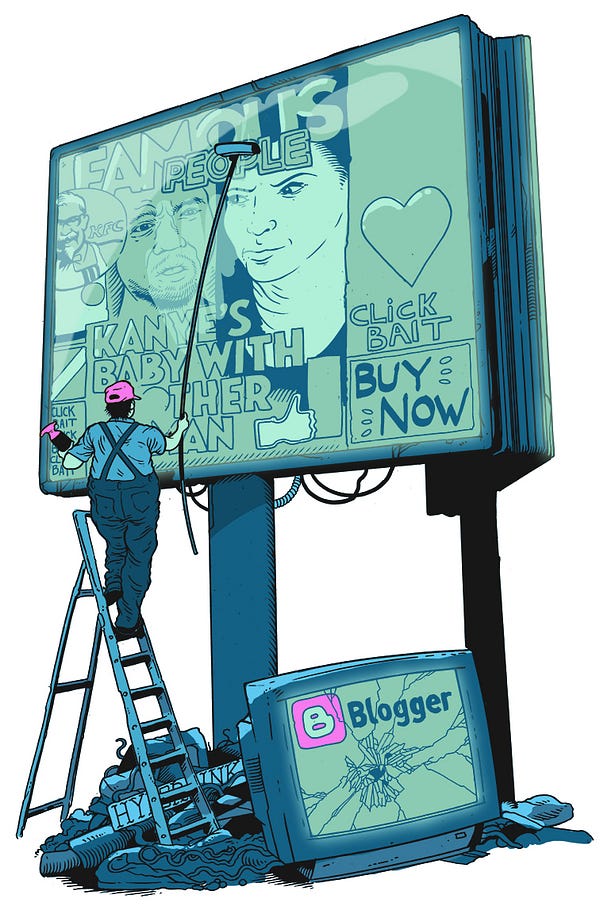
People used to carefully read my posts and leave lots of relevant comments, and even many of those who strongly disagreed with me still came to read. Other blogs linked to mine to discuss what I was saying. I felt like a king.
The iPhone was a little over a year old by then, but smartphones were still mostly used to make phone calls and send short messages, handle emails, and surf the web. There were no real apps, certainly not how we think of them today. There was no Instagram, no SnapChat, no Viber, no WhatsApp.
Instead, there was the web, and on the web, there were blogs: the best place to find alternative thoughts, news and analysis. They were my life.
It had all started with 9/11. I was in Toronto, and my father had just arrived from Tehran for a visit. We were having breakfast when the second plane hit the World Trade Center. I was puzzled and confused and, looking for insights and explanations, I came across blogs. Once I read a few, I thought: This is it, I should start one, and encourage all Iranians to start blogging as well. So, using Notepad on Windows, I started experimenting. Soon I ended up writing on hoder.com, using Blogger’s publishing platform before Google bought it.
Then, on November 5, 2001, I published a step-to-step guide on how to start a blog. That sparked something that was later called a blogging revolution: Soon, hundreds and thousands of Iranians made it one of the top 5 nations by the number of blogs, and I was proud to have a role in this unprecedented democratization of writing.
Those days, I used to keep a list of all blogs in Persian and, for a while, I was the first person any new blogger in Iran would contact, so they could get on the list. That’s why they called me “the blogfather” in my mid-twenties — it was a silly nickname, but at least it hinted at how much I cared.
Every morning, from my small apartment in downtown Toronto, I opened my computer and took care of the new blogs, helping them gain exposure and audience. It was a diverse crowd — from exiled authors and journalists, female diarists, and technology experts, to local journalists, politicians, clerics, and war veterans — and I always encouraged even more. I invited more religious, and pro-Islamic Republic men and women, people who lived inside Iran, to join and start writing.
The breadth of what was available those days amazed us all. It was partly why I promoted blogging so seriously. I’d left Iran in late 2000 to experience living in the West, and was scared that I was missing all the rapidly emerging trends at home. But reading Iranian blogs in Toronto was the closest experience I could have to sitting in a shared taxi in Tehran and listening to collective conversations between the talkative driver and random passengers.

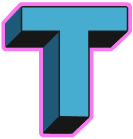 There’s a story in the Quran that I thought about a lot during my first eight months in solitary confinement. In it, a group of persecuted Christians find refuge in a cave. They, and a dog they have with them, fall into a deep sleep. They wake up under the impression that they’ve taken a nap: In fact, it’s 300 years later. One version of the story tells of how one of them goes out to buy food — and I can only imagine how hungry they must’ve been after 300 years — and discovers that his money is obsolete now, a museum item. That’s when he realizes how long they have actually been absent.
There’s a story in the Quran that I thought about a lot during my first eight months in solitary confinement. In it, a group of persecuted Christians find refuge in a cave. They, and a dog they have with them, fall into a deep sleep. They wake up under the impression that they’ve taken a nap: In fact, it’s 300 years later. One version of the story tells of how one of them goes out to buy food — and I can only imagine how hungry they must’ve been after 300 years — and discovers that his money is obsolete now, a museum item. That’s when he realizes how long they have actually been absent.
The hyperlink was my currency six years ago. Stemming from the idea of the hypertext, the hyperlink provided a diversity and decentralisation that the real world lacked. The hyperlink represented the open, interconnected spirit of the world wide web — a vision that started with its inventor, Tim Berners-Lee. The hyperlink was a way to abandon centralization — all the links, lines and hierarchies — and replace them with something more distributed, a system of nodes and networks.
Blogs gave form to that spirit of decentralization: They were windows into lives you’d rarely know much about; bridges that connected different lives to each other and thereby changed them. Blogs were cafes where people exchanged diverse ideas on any and every topic you could possibly be interested in. They were Tehran’s taxicabs writ large.
Since I got out of jail, though, I’ve realized how much the hyperlink has been devalued, almost made obsolete.
Nearly every social network now treats a link as just the same as it treats any other object — the same as a photo, or a piece of text — instead of seeing it as a way to make that text richer. You’re encouraged to post one single hyperlink and expose it to a quasi-democratic process of liking and plussing and hearting: Adding several links to a piece of text is usually not allowed. Hyperlinks are objectivized, isolated, stripped of their powers.

At the same time, these social networks tend to treat native text and pictures — things that are directly posted to them — with a lot more respect than those that reside on outside web pages. One photographer friend explained to me how the images he uploads directly to Facebook receive a large number of likes, which in turn means they appear more on other people’s news feeds. On the other hand, when he posts a link to the same picture somewhere outside Facebook — his now-dusty blog, for instance — the images are much less visible to Facebook itself, and therefore get far fewer likes. The cycle reinforces itself.
Some networks, like Twitter, treat hyperlinks a little better. Others, insecure social services, are far more paranoid. Instagram — owned by Facebook — doesn’t allow its audiences to leave whatsoever. You can put up a web address alongside your photos, but it won’t go anywhere. Lots of people start their daily online routine in these cul de sacs of social media, and their journeys end there. Many don’t even realize that they’re using the Internet’s infrastructure when they like an Instagram photograph or leave a comment on a friend’s Facebook video. It’s just an app.
But hyperlinks aren’t just the skeleton of the web: They are its eyes, a path to its soul. And a blind webpage, one without hyperlinks, can’t look or gaze at another webpage — and this has serious consequences for the dynamics of power on the web.
More or less, all theorists have thought of gaze in relation to power, and mostly in a negative sense: the gazer strips the gazed and turns her into a powerless object, devoid of intelligence or agency. But in the world of webpages, gaze functions differently: It is more empowering. When a powerful website — say Google or Facebook — gazes at, or links to, another webpage, it doesn’t just connect it — it brings it into existence; gives it life. Metaphorically, without this empowering gaze, your web page doesn’t breathe. No matter how many links you have placed in a webpage, unless somebody is looking at it, it is actually both dead and blind; and therefore incapable of transferring power to any outside web page.
On the other hand, the most powerful web pages are those that have many eyes upon them. Just like celebrities who draw a kind of power from the millions of human eyes gazing at them any given time, web pages can capture and distribute their power through hyperlinks.
But apps like Instagram are blind — or almost blind. Their gaze goes nowhere except inwards, reluctant to transfer any of their vast powers to others, leading them into quiet deaths. The consequence is that web pages outside social media are dying.

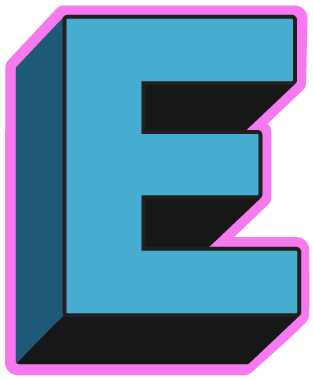 Even before I went to jail, though, the power of hyperlinks was being curbed. Its biggest enemy was a philosophy that combined two of the most dominant, and most overrated, values of our times: novelty and popularity, reflected by the real world dominance of young celebrities. That philosophy is the Stream.
Even before I went to jail, though, the power of hyperlinks was being curbed. Its biggest enemy was a philosophy that combined two of the most dominant, and most overrated, values of our times: novelty and popularity, reflected by the real world dominance of young celebrities. That philosophy is the Stream.
The Stream now dominates the way people receive information on the web. Fewer users are directly checking dedicated webpages, instead getting fed by a never-ending flow of information that’s picked for them by complex –and secretive — algorithms.
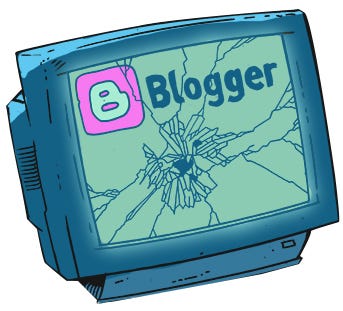
The Stream means you don’t need to open so many websites any more. You don’t need numerous tabs. You don’t even need a web browser. You open Twitter or Facebook on your smartphone and dive deep in. The mountain has come to you. Algorithms have picked everything for you. According to what you or your friends have read or seen before, they predict what you might like to see. It feels great not to waste time in finding interesting things on so many websites.
But are we missing something here? What are we exchanging for efficiency?
In many apps, the votes we cast — the likes, the plusses, the stars, the hearts — are actually more related to cute avatars and celebrity status than to the substance of what’s posted. A most brilliant paragraph by some ordinary-looking person can be left outside the Stream, while the silly ramblings of a celebrity gain instant Internet presence.
And not only do the algorithms behind the Stream equate newness and popularity with importance, they also tend to show us more of what we’ve already liked. These services carefully scan our behaviour and delicately tailor our news feeds with posts, pictures and videos that they think we would most likely want to see.
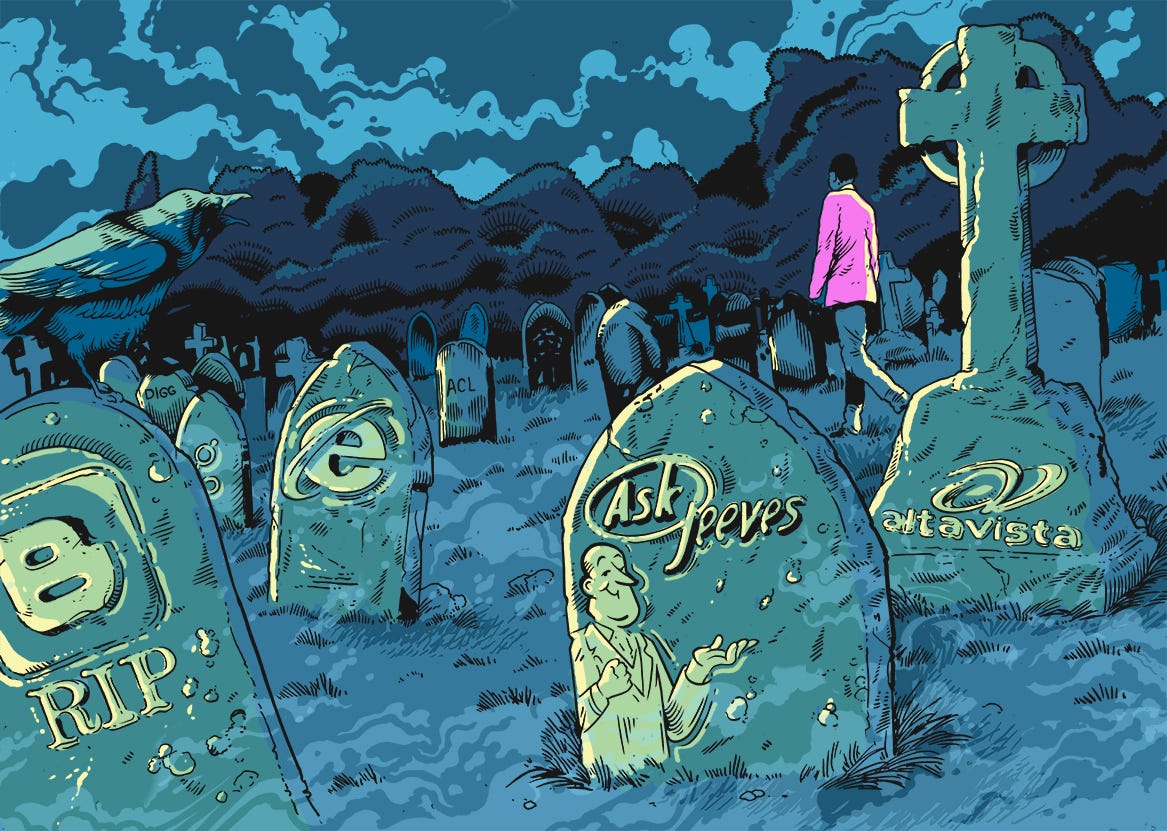
Popularity is not wrong in and of itself, but it has its own perils. In a free-market economy, low-quality goods with the wrong prices are doomed to failure. Nobody gets upset when a quiet Brooklyn cafe with bad lattes and rude servers goes out of business. But opinions are not the same as material goods or services. They won’t disappear if they are unpopular or even bad. In fact, history has proven that most big ideas (and many bad ones) have been quite unpopular for a long time, and their marginal status has only strengthened them. Minority views are radicalized when they can’t be expressed and recognized.
Today the Stream is digital media’s dominant form of organizing information. It’s in every social network and mobile application. Since I gained my freedom, everywhere I turn I see the Stream. I guess it won’t be too long before we see news websites organize their entire content based on the same principles. The prominence of the Stream today doesn’t just make vast chunks of the Internet biased against quality — it also means a deep betrayal to the diversity that the world wide web had originally envisioned.

 There’s no question to me that the diversity of themes and opinions is less online today than it was in the past. New, different, and challenging ideas get suppressed by today’s social networks because their ranking strategies prioritize the popular and habitual. (No wonder why Apple is hiring human editors for its news app.) But diversity is being reduced in other ways, and for other purposes.
There’s no question to me that the diversity of themes and opinions is less online today than it was in the past. New, different, and challenging ideas get suppressed by today’s social networks because their ranking strategies prioritize the popular and habitual. (No wonder why Apple is hiring human editors for its news app.) But diversity is being reduced in other ways, and for other purposes.
Some of it is visual. Yes, it is true that all my posts on Twitter and Facebook look something similar to a personal blog: They are collected in reverse-chronological order, on a specific webpage, with direct web addresses to each post. But I have very little control over how it looks like; I can’t personalize it much. My page must follow a uniform look which the designers of the social network decide for me.
The centralization of information also worries me because it makes it easier for things to disappear. After my arrest, my hosting service closed my account, because I wasn’t able to pay its monthly fee. But at least I had a backup of all my posts in a database on my own web server. (Most blogging platforms used to enable you to transfer your posts and archives to your own web space, whereas now most platforms don’t let you so.) Even if I didn’t, the Internet archive might keep a copy. But what if my account on Facebook or Twitter is shut down for any reason? Those services themselves may not die any time soon, but it would be not too difficult to imagine a day many American services shut down accounts of anyone who is from Iran, as a result of the current regime of sanctions. If that happened, I might be able to download my posts in some of them, and let’s assume the backup can be easily imported into another platform. But what about the unique web address for my social network profile? Would I be able to claim it back later, after somebody else has possessed it? Domain names switch hands, too, but managing the process is easier and more clear— especially since there is a financial relationship between you and the seller which makes it less prone to sudden and untransparent decisions.
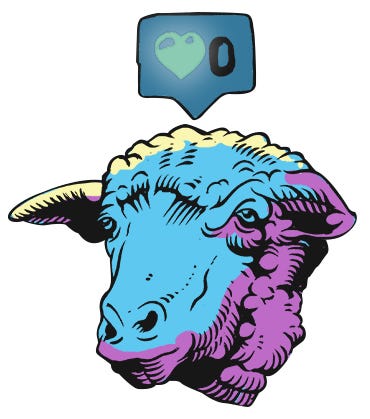
But the scariest outcome of the centralization of information in the age of social networks is something else: It is making us all much less powerful in relation to governments and corporations.
Surveillance is increasingly imposed on civilized lives, and it just gets worse as time goes by. The only way to stay outside of this vast apparatus of surveillance might be to go into a cave and sleep, even if you can’t make it 300 years.
Being watched is something we all eventually have to get used to and live with and, sadly, it has nothing to do with the country of our residence. Ironically enough, states that cooperate with Facebook and Twitter know much more about their citizens than those, like Iran, where the state has a tight grip on the Internet but does not have legal access to social media companies.
What is more frightening than being merely watched, though, is being controlled. When Facebook can know us better than our parents with only 150 likes, and better than our spouses with 300 likes, the world appears quite predictable, both for governments and for businesses. And predictability means control.

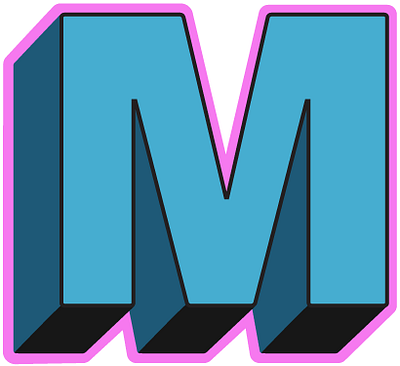 Middle-class Iranians, like most people in the world, are obsessed with new trends. Utility or quality of things usually comes second to their trendiness. In early 2000s writing blogs made you cool and trendy, then around 2008 Facebook came in and then Twitter. Since 2014 the hype is all about Instagram, and no one knows what is next. But the more I think about these changes, the more I realize that even all my concerns might have been misdirected. Perhaps I am worried about the wrong thing. Maybe it’s not the death of the hyperlink, or the centralization, exactly.
Middle-class Iranians, like most people in the world, are obsessed with new trends. Utility or quality of things usually comes second to their trendiness. In early 2000s writing blogs made you cool and trendy, then around 2008 Facebook came in and then Twitter. Since 2014 the hype is all about Instagram, and no one knows what is next. But the more I think about these changes, the more I realize that even all my concerns might have been misdirected. Perhaps I am worried about the wrong thing. Maybe it’s not the death of the hyperlink, or the centralization, exactly.
Maybe it’s that text itself is disappearing. After all, the first visitors to the web spent their time online reading web magazines. Then came blogs, then Facebook, then Twitter. Now it’s Facebook videos and Instagram and SnapChat that most people spend their time on. There’s less and less text to read on social networks, and more and more video to watch, more and more images to look at. Are we witnessing a decline of reading on the web in favor of watching and listening?
Is this trend driven by people’s changing cultural habits, or is it that people are following the new laws of social networking? I don’t know — that’s for researchers to find out — but it feels like it’s reviving old cultural wars. After all, the web started out by imitating books and for many years, it was heavily dominated by text, by hypertext. Search engines put huge value on these things, and entire companies — entire monopolies — were built off the back of them. But as the number of image scanners and digital photos and video cameras grows exponentially, this seems to be changing. Search tools are starting to add advanced image recognition algorithms; advertising money is flowing there.
But the Stream, mobile applications, and moving images: They all show a departure from a books-internet toward a television-internet. We seem to have gone from a non-linear mode of communication — nodes and networks and links — toward a linear one, with centralization and hierarchies.
The web was not envisioned as a form of television when it was invented. But, like it or not, it is rapidly resembling TV: linear, passive, programmed and inward-looking.
When I log on to Facebook, my personal television starts. All I need to do is to scroll: New profile pictures by friends, short bits of opinion on current affairs, links to new stories with short captions, advertising, and of course self-playing videos. I occasionally click on like or share button, read peoples’ comments or leave one, or open an article. But I remain inside Facebook, and it continues to broadcast what I might like. This is not the web I knew when I went to jail. This is not the future of the web. This future is television.
Sometimes I think maybe I’m becoming too strict as I age. Maybe this is all a natural evolution of a technology. But I can’t close my eyes to what’s happening: A loss of intellectual power and diversity, and on the great potentials it could have for our troubled time. In the past, the web was powerful and serious enough to land me in jail. Today it feels like little more than entertainment. So much that even Iran doesn’t take some — Instagram, for instance — serious enough to block.
I miss when people took time to be exposed to different opinions, and bothered to read more than a paragraph or 140 characters. I miss the days when I could write something on my own blog, publish on my own domain, without taking an equal time to promote it on numerous social networks; when nobody cared about likes and reshares.
That’s the web I remember before jail. That’s the web we have to save.
Log in to Medium and “recommend” this story.
Follow Matter on Twitter | Like us on Facebook
